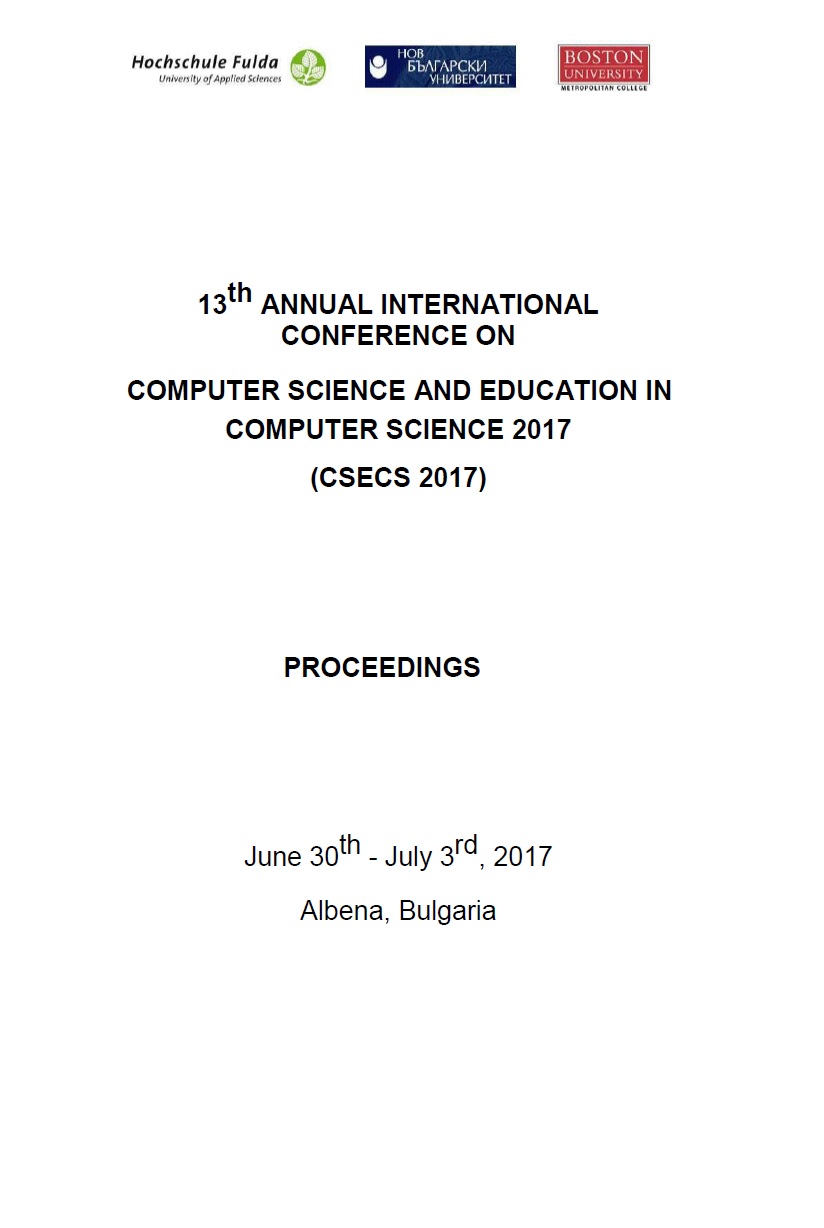Multi-agent Simulation for Multinational Corporations In Global Environment
Multi-agent Simulation for Multinational Corporations In Global Environment
Author(s): Vadim ShabelnikovSubject(s): Economy, Supranational / Global Economy, Management and complex organizations, ICT Information and Communications Technologies
Published by: Нов български университет
Keywords: Multi-agent systems; Autoregression; Winter-Holt's exponential smoothing; Business simulation; Business analysis; BBNN theory; PESTE analysis; General and reference – General conference proceedings
Summary/Abstract: Modern computer information systems continue to increase their presence in the fields of business analysis and education. This trend is presented in the article with the help of a server-based multiagent business simulation for multinational corporations, created in Microsoft Excel. The simulation is based on the widely used in the business practice and in different on-campus and distance learning courses method PESLE analysis. One of its unique feature is the use of BBNN theory for the generation of external economic shocks, which affect the macroeconomic environment. The mathematical model is trained based on dynamic data of macroeconomic indicators for several countries. Coefficients obtained during the training process are used to generate fluctuations in the international markets close to the reality. The simulation consists of several fiscal periods. In each period, students assigned to different teams are making decisions related to the creation and the implementation of a business strategy of a fictitious multinational corporation, and are developing and analyzing different aspects of its financial analysis, market research, operations, international human resource management, pricing, and others. The simulation also includes several agents that act as competing corporations. Their action has an impact on the distribution of market shares in the various segments. The overall performance evaluation approach is based on a framework for an in-depth analysis of key performance indicators of the fictitious international firms, and is measured for each decision round of the simulation game.
Journal: Computer Science and Education in Computer Science
- Issue Year: 13/2017
- Issue No: 1
- Page Range: 369-379
- Page Count: 11
- Language: English

